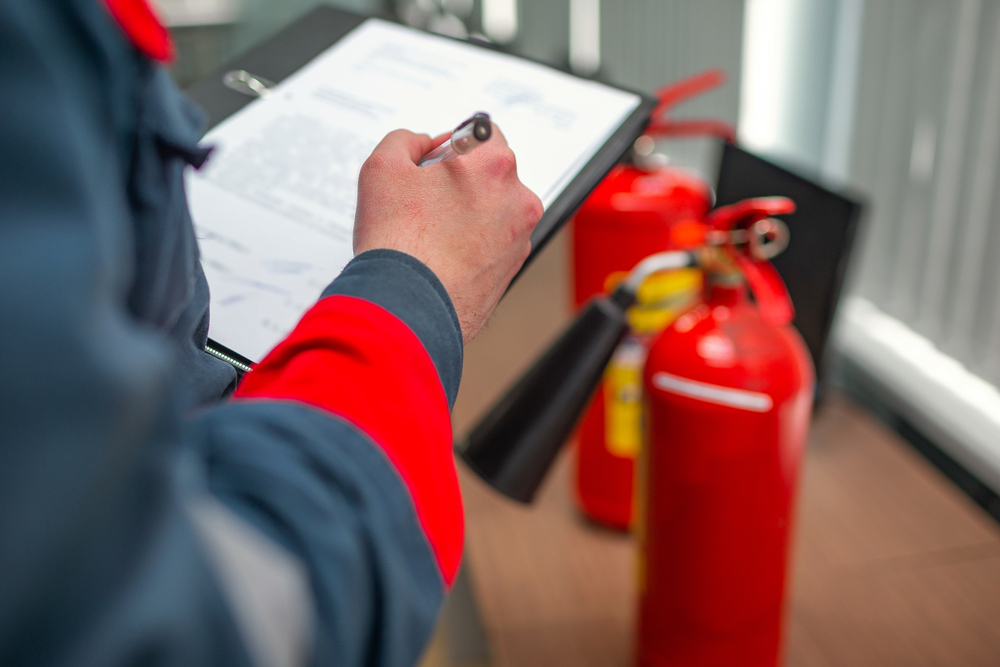If you own a business, you should have a fire safety plan that fits your specific needs. It should be posted where employees/customers can see it. It should be practiced and be part of the onboarding orientation for each new staff member. Your business is your livelihood and you work hard to keep it running. Early identification of the hazards and risks your organization encounters should always be your first line of defense. If not properly planned for, a fire may cause injury/death or enough damage forcing you to shut your doors temporarily, or worse permanently!
Most fires can start anywhere, at any time and with little to no warning! They spread extremely fast and you may not have very long to react or exit your building once the alarm sounds. If a fire breaks out in your office or store, making sure staff have the proper knowledge and training to react can help keep employees and customers safe, while reducing the chances of potential damage.
What Goes into a Fire Safety Plan?
Begin your fire escape plan by outlining and marking at least two exits out of your business from each floor and where to locate them. Fire safety planning needs to include steps that apply to all employees and the plan should be kept where all employees can easily access and review it.
A complete fire escape plan includes:
- Making sure everyone knows the emergency phone number
- Choose a safe meeting place where everyone can meet outside of the building (Once there, have somebody take attendance. Have you accounted for everyone?)
- Knowing the potential routes to exit every room or building. If the door is cool, open with caution. If the door is hot, look for an alternate exit.
- Have a plan in place for anyone that may need additional assistance exiting the building safely.
- Emergency procedures include:
-
- Information for designated fire safety staff and their duties and responsibilities
- General education and fire safety information
- Detailed guidelines for how to react should the fire alarm sound
Who’s On Your Fire Safety Team?
Businesses should appoint a fire safety team or ambassador that is responsible for helping to educate staff on the specific rules and guidelines for their specific organization. Examples of duties for an organization’s fire safety team may include:
- Ensuring every smoke alarm is tested and operating properly
- Replace alarm batteries at least twice a year (If the smoke alarms are hardwired make sure they have a battery back up in case the power goes out)
- Confirm that everyone has exited the building safely and make sure that there is a plan to safely evacuate customers or visitors
- Run mock fire drills, making them as realistic as possible, to ensure that staff know how to react
- Include the fire safety plan in the onboarding of all new staff
- In the event of a fire, if safe, close any doors to slow the spread of the fire
Creating a fire safety plan can be daunting, but is extremely important to keep you and your staff prepared.
In case you do encounter a fire always remember:
- PASS (Pull, Aim, Squeeze, Sweep) when using a fire extinguisher
- Crawl low under smoke
- Get out fast and stay out!
So, What’s Next?
Check out our fire safety checklist to help get you started with creating your own fire safety plan for your business. This guide will help you look for potential hazards that can be eliminated or reduced to avoid damages or injuries to you, your staff or your business.





